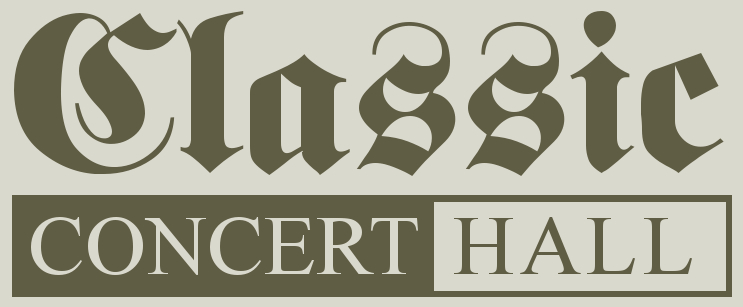|
Comments (8)
Comment on this music
Login/Register to post a comment.
|
Toccata 2di Toni
Uploaded by: AMLaMort
Composer: Sweelinck, Jan Pieterszoon Organ: St. Maximin, France Software: Hauptwerk IV Views: 125
Vater unser im Himmelreich
Uploaded by: EdoL
Composer: Telemann, Georg Philipp Organ: 1675/88 Hus/Arp Schnitger, Stade, Germany Software: Hauptwerk IV Views: 128
|
Uploaded by:
|
Agnus_Dei (12/01/14)

|
|
Composer:
|
Kerll, Johann Kaspar 
|
|
Sample Producer:
|
OrganArt Media 
|
|
Sample Set:
|
1675/88 Hus/Arp Schnitger, Stade, Germany

|
| Software: | Hauptwerk IV |
| Genre: | Baroque |
| Description: | Johann Caspar Kerll (Adorf, April 9, 1627 – Munich, February 13, 1693) was a German baroque composer and organist.
Son of an organist, he showed outstanding musical abilities at an early age, and was taught by Giovanni Valentini, court Kapellmeister at Vienna. Kerll became one of the most acclaimed composers of his time, known both as a gifted composer and an outstanding teacher. He worked at Vienna, Munich and Brussels, and also travelled widely. His pupils included Agostino Steffani, Franz Xaver Murschhauser, and possibly Johann Pachelbel, and his influence is seen in works by Handel and Johann Sebastian Bach: Handel frequently borrowed themes and fragments of music from Kerll's works, and Bach arranged the Sanctus movement from Kerll's Missa superba as BWV 241, Sanctus in D major.
Although Kerll was a well-known and influential composer, many of his works are currently lost. The losses are particularly striking in vocal music, with all 11 known operas and 24 offertories missing. The surviving oeuvre shows Kerll's mastery of the Italian concerted style, employed in almost all of his masses, and his highly developed contrapuntal technique. He was influenced by Heinrich Schütz in his sacred vocal music, and by Girolamo Frescobaldi in keyboard works. Kerll's eight toccatas (that correspond to the eight church modes) alternate between free and strict contrapuntal sections, sometimes in contrasting meters. Frequent use of 12/8 gigue-like endings is similar to Froberger's toccatas.
The title translates as: "with hardness and chromatic ligature" - whatever that means... ;-) |
| Performance: | Live |
| Recorded in: | Stereo |
| Playlists: |
|
|
Options:
|
 Sign up today to download piece. Sign up today to download piece.
 Login or Register to Subscribe Login or Register to Subscribe
 See what Agnus_Dei used to make this recording See what Agnus_Dei used to make this recording
|
|
|


 Sign up today to download piece.
Sign up today to download piece.
 See what Agnus_Dei used to make this recording
See what Agnus_Dei used to make this recording